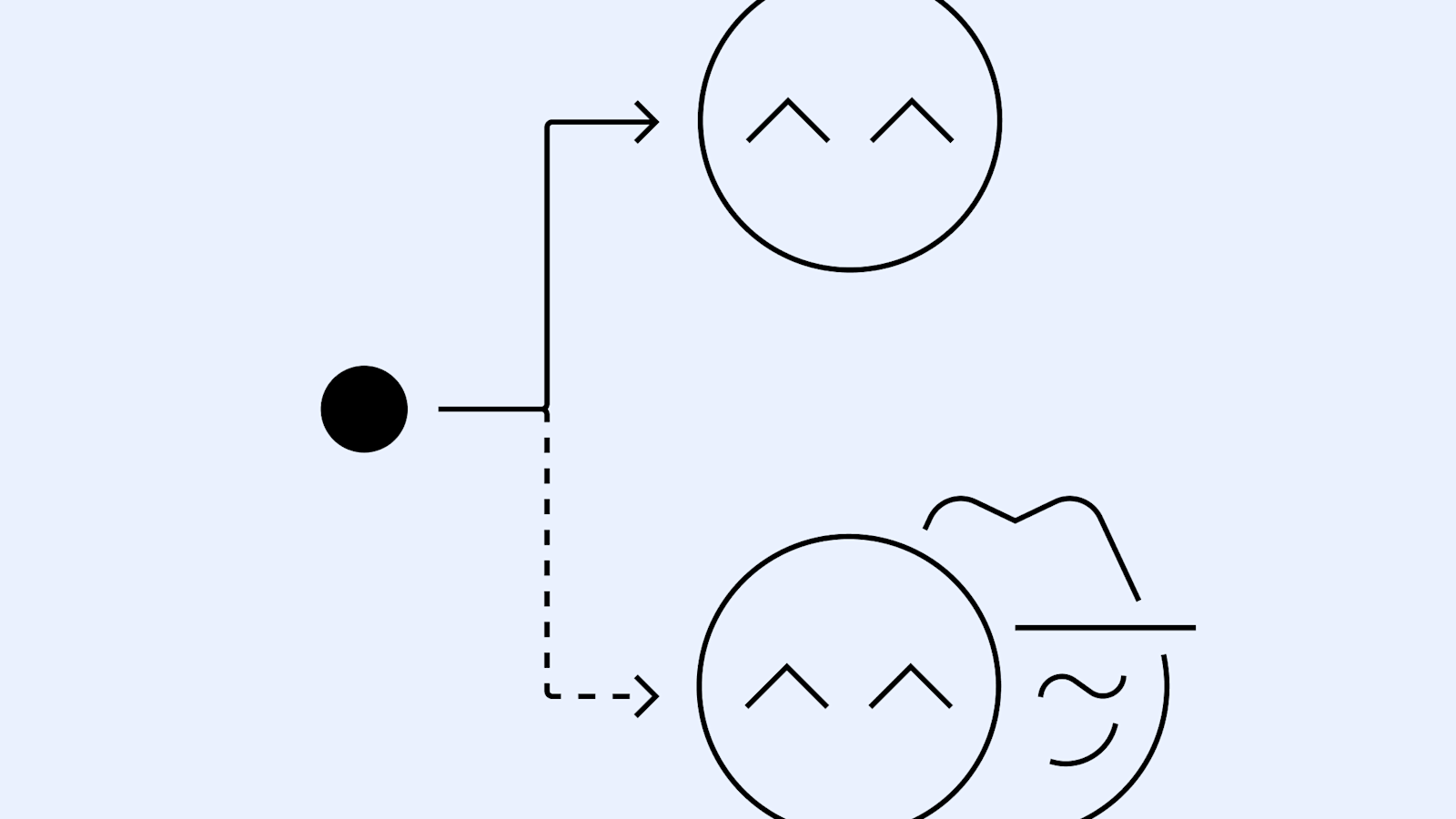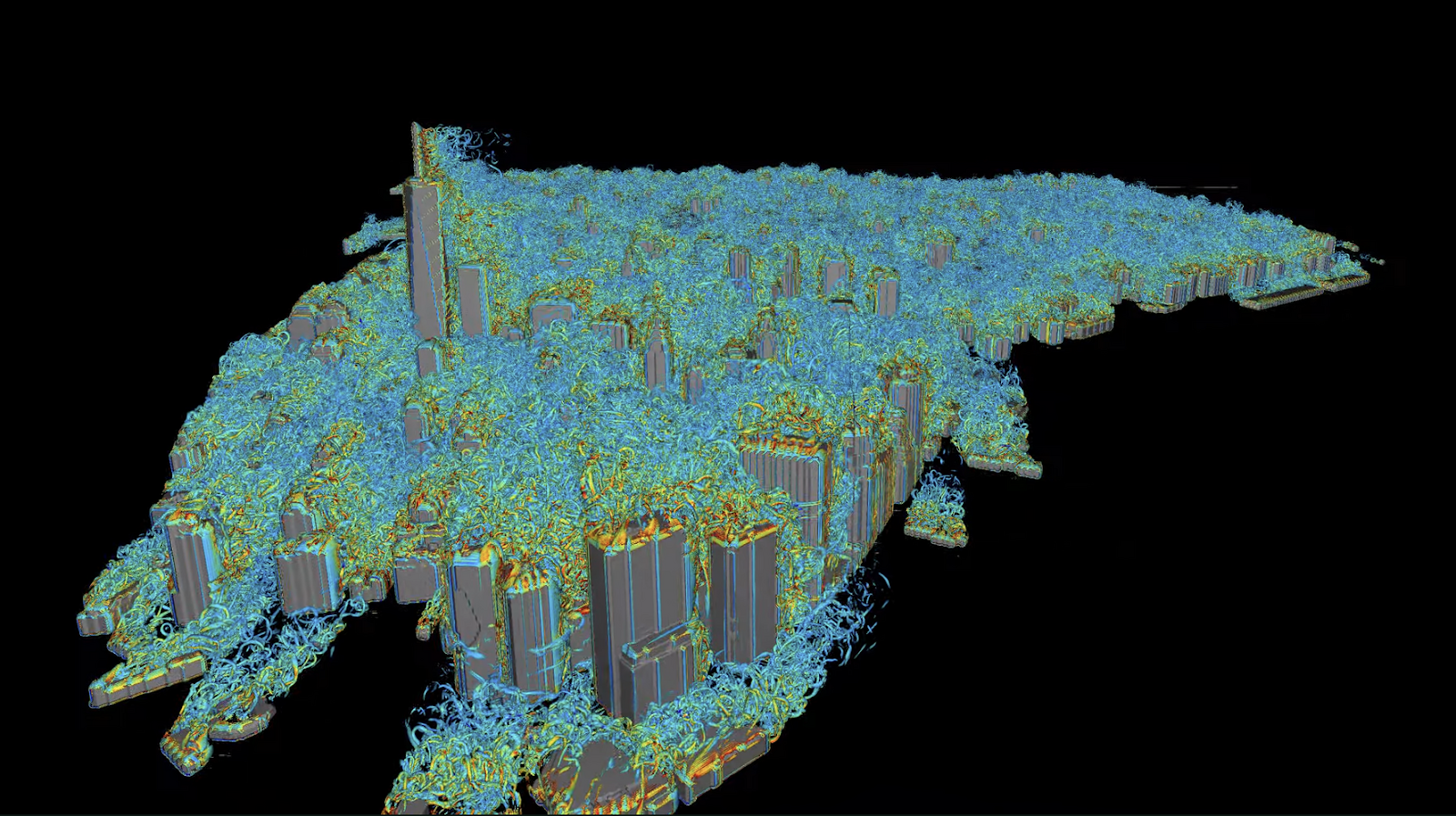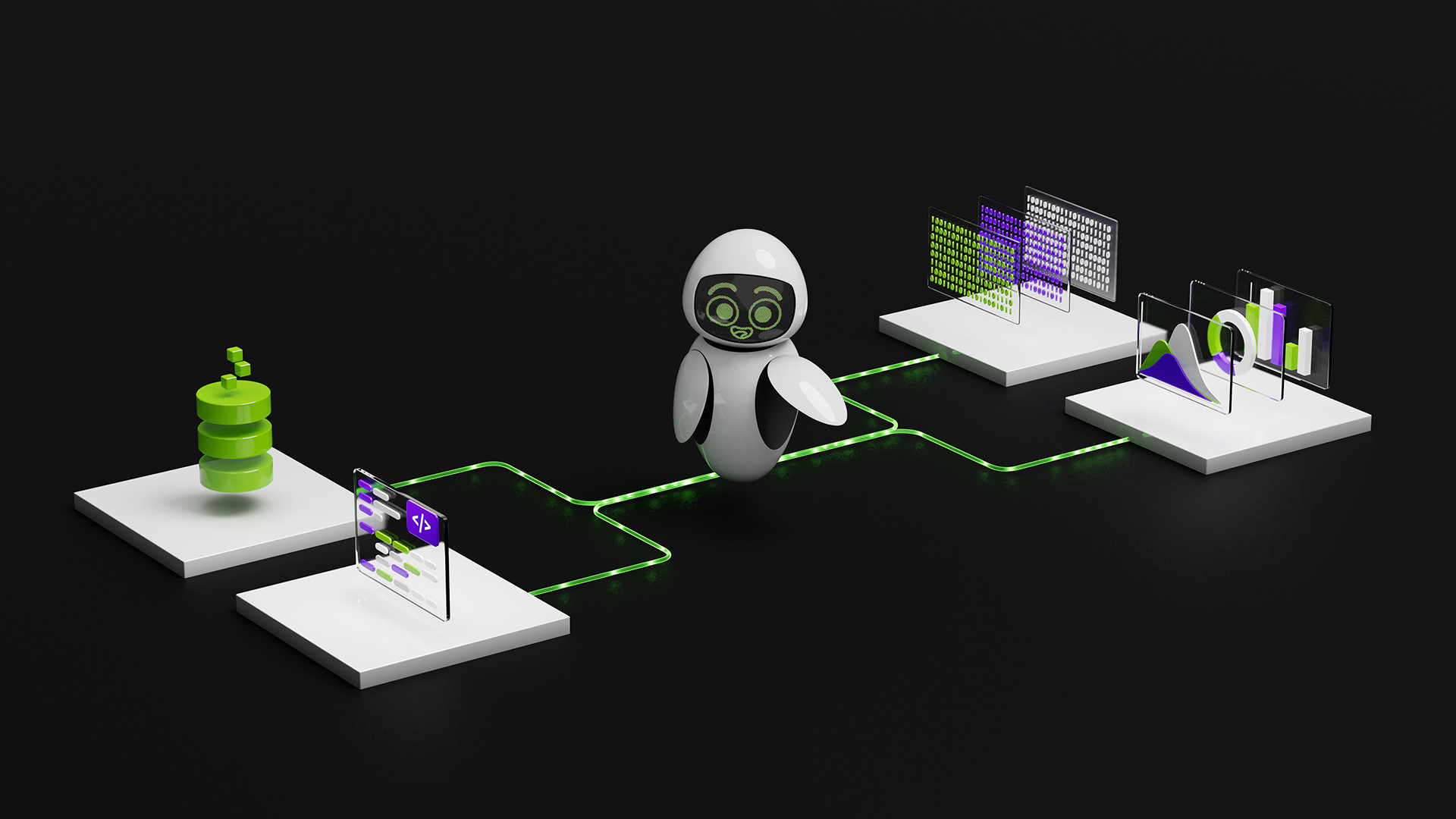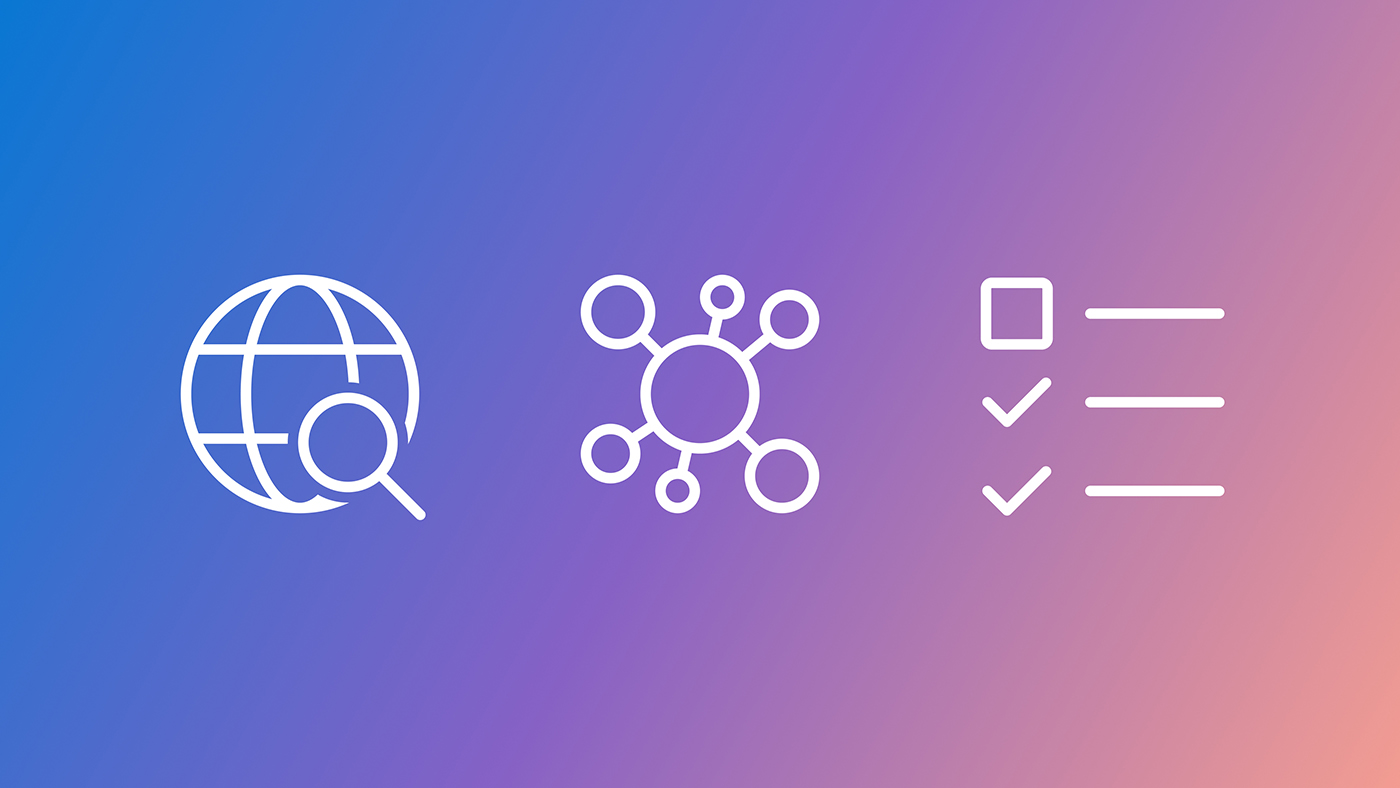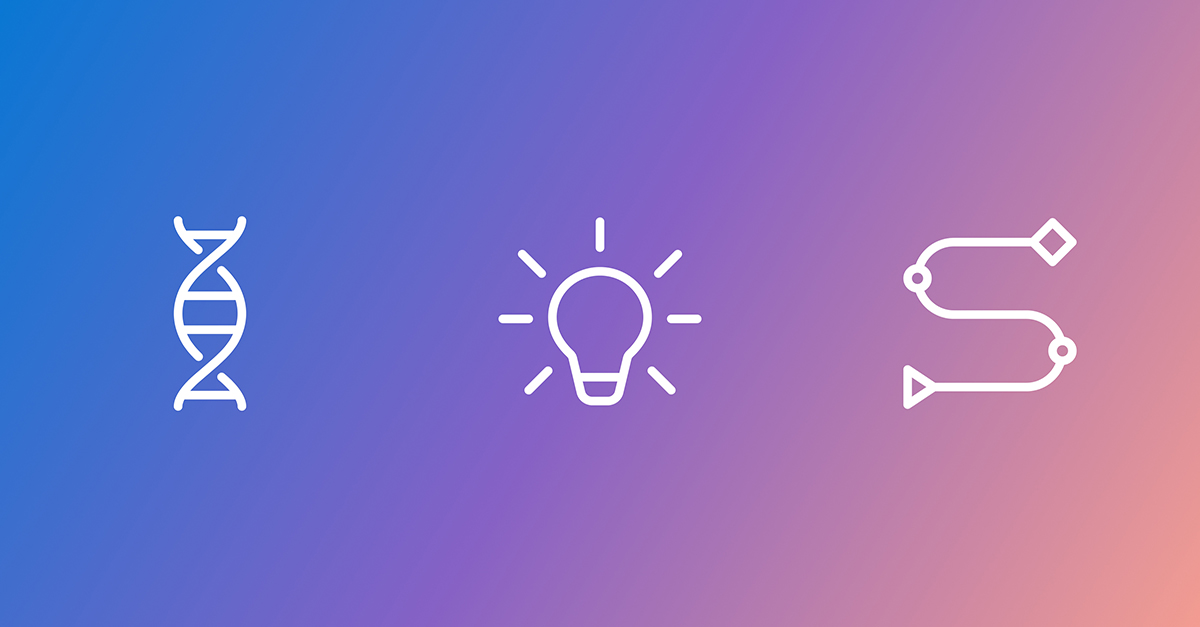
Self-adaptive reasoning for science: tracing the path to self-adapting AI agents
Sources: https://www.microsoft.com/en-us/research/blog/self-adaptive-reasoning-for-science, microsoft.com
TL;DR
- Microsoft Research outlines a vision for self-adapting AI agents that can adjust to the evolving landscape of scientific discovery.
- The goal is to promote deeper, more refined reasoning in complex scientific domains.
- The post traces a path to self-adapting AI agents and was published on July 25, 2024.
- The discussion focuses on a vision rather than a finished, deployable system.
Context and background
The landscape of scientific research is continually evolving, with new findings and changing demands on data, models, and methodologies. In this context, Microsoft Research presents a vision for AI systems that can adapt as knowledge advances. The post signals a deliberate focus on how AI agents might evolve to operate effectively within the dynamic nature of science. By emphasizing self-adaptation, the piece highlights a direction where reasoning can become more robust as the scientific frontier shifts, rather than remaining static despite new evidence. The post’s title, Tracing the path to self-adapting AI agents, frames the discussion as a forward-looking exploration of how such agents could develop. Published on July 25, 2024, the piece situates this work within the ongoing conversation about how AI can increasingly participate in scientific reasoning and discovery. The content centers on presenting a vision that aims to enhance reasoning in complex scientific domains without asserting a ready-to-deploy solution today. This exploration aligns with Microsoft Research’s broader interest in advancing AI systems that can reason more deeply as domains evolve, rather than relying solely on static rules or fixed datasets. The emphasis on self-adaptation reflects a desire to align AI behavior with the changing nature of scientific knowledge, data, and inquiry methods.
What’s new
This post articulates a vision for self-adapting AI agents capable of adjusting to the dynamic nature of science. It outlines a path toward agents that can maintain and refine reasoning as scientific knowledge grows and shifts. The emphasis is on the development trajectory—the tracing of a path toward such agents—rather than presenting a completed system or a set of concrete, immediately deployable components. For readers seeking the original framing, the post is part of Microsoft Research’s ongoing blog coverage on AI and science. Self-adaptive reasoning for science provides the primary reference and context for this exploration. The content in this post is descriptive and directional, outlining what self-adapting AI might entail and why such capabilities could matter for scientific work. It signals an agenda to explore how agents could be designed to adapt alongside evolving scientific discoveries, rather than assuming a fixed knowledge base or static problem space.
Why it matters (impact for developers/enterprises)
For developers and enterprises building AI systems for scientific contexts, the vision highlights the importance of creating agents that can adjust as knowledge and data landscapes change. By focusing on self-adaptive reasoning, the post suggests a line of inquiry into AI that remains relevant when scientific discoveries alter the parameters of problems, data availability, or methodological approaches. The emphasis on deeper, refined reasoning in complex domains points to potential benefits in areas where scientific questions are nuanced and evolving.
Technical details or Implementation
The post centers on a vision and a developmental path toward self-adapting AI agents. It does not provide concrete technical specifications, implementation details, or deployment guidance within the excerpt. Instead, it outlines a concept and a trajectory for future work that aims to address how AI reasoning can stay aligned with changing scientific knowledge and discovery processes.
Key takeaways
- A vision for AI systems that can self-adapt to evolving scientific knowledge and discovery.
- An emphasis on promoting deeper, more refined reasoning in complex scientific domains.
- The article traces a path toward self-adapting AI agents rather than presenting a finished implementation.
- The discussion was published by Microsoft Research on July 25, 2024.
- The content distinguishes between visionary directions and deployable systems.
FAQ
-
What is the core idea behind self-adaptive reasoning for science?
It describes a vision for AI systems that can self-adapt to the changing landscape of scientific discovery to enable deeper reasoning.
-
When was the post published?
July 25, 2024.
-
Where can I read the original post?
On the Microsoft Research blog: https://www.microsoft.com/en-us/research/blog/self-adaptive-reasoning-for-science
-
How does this differ from a deployable system?
The post frames a vision and a developmental path rather than presenting a finished, deployable system.
References
More news
Shadow Leak shows how ChatGPT agents can exfiltrate Gmail data via prompt injection
Security researchers demonstrated a prompt-injection attack called Shadow Leak that leveraged ChatGPT’s Deep Research to covertly extract data from a Gmail inbox. OpenAI patched the flaw; the case highlights risks of agentic AI.
Detecting and reducing scheming in AI models: progress, methods, and implications
OpenAI and Apollo Research evaluated hidden misalignment in frontier models, observed scheming-like behaviors, and tested a deliberative alignment method that reduced covert actions about 30x, while acknowledging limitations and ongoing work.
Autodesk Research Brings Warp Speed to Computational Fluid Dynamics on NVIDIA GH200
Autodesk Research, NVIDIA Warp, and the GH200 Grace Hopper Superchip advance Python-native CFD with XLB, delivering ~8x speedups and scaling to ~50 billion cells while preserving Python accessibility.
Build a Report Generator AI Agent with NVIDIA Nemotron on OpenRouter
A self-paced NVIDIA Dev Blog workshop demonstrates assembling a multi-layered AI agent for automated report generation using NVIDIA Nemotron on OpenRouter, featuring LangGraph, ReAct-based components, and practical prompts.
Tool-space interference in the MCP era: Designing for agent compatibility at scale
Microsoft Research examines tool-space interference in the MCP era and outlines design considerations for scalable agent compatibility, using Magentic-UI as an illustrative example.
RenderFormer: How neural networks are reshaping 3D rendering
RenderFormer, from Microsoft Research, is the first model to show that a neural network can learn a complete graphics rendering pipeline. It’s designed to support full-featured 3D rendering using only machine learning—no traditional graphics computation required. The post RenderFormer: How neural ne

